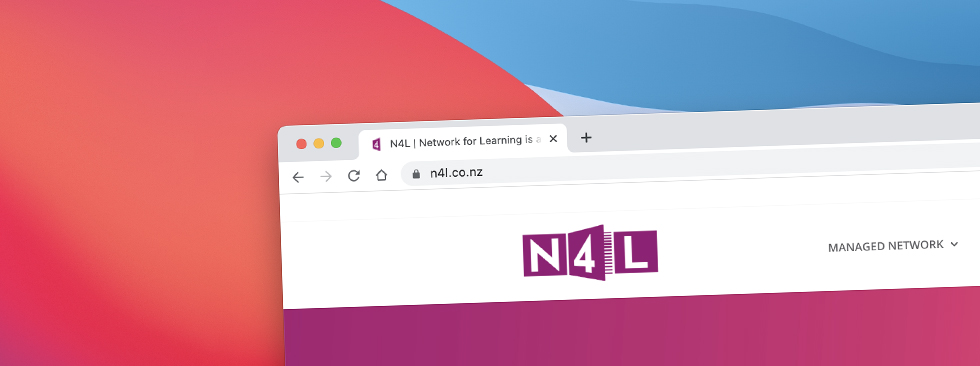We all want to be confident that the websites we use for online services like social networks, instant messaging, online banking and shopping offer security protection to safeguard our data.
One of the most widely-used forms of protection is Transport Layer Security (TLS), which our Security Architect, Sivadon Chaisiri, explains below.
Ever wondered what that small padlock beside a website address is? It’s actually one of the most important tools preventing cyber criminals from accessing your sensitive data, which is unfortunately a challenge we face in today’s online world.
TLS is a method of encrypting data in order to transfer information securely over the internet. It prevents cyber criminals from stealing sensitive data such as logins, credit card numbers, personal details, but also browsing habits, e-mail correspondence, and online chats.
How does TLS encryption work?
Using complex algorithms to jumble the data being sent, TLS encryption ensures that all information sent between your computer and the website is secure and can’t be intercepted, changed or read by an attacker.
How do you know when TLS is enabled?
While it’s one of the most popular online security protocols, it’s still good practice to check if it’s implemented on the online services you use. Fortunately, this is very easy to do – if the web address/URL has a padlock icon in front of it and it begins with HTTPS, it’s protected with TLS.
With the padlock and HTTPS combination, websites are secured with a digital certificate to protect your sensitive information.

In addition to checking for TLS, we strongly recommend that you read the Terms of Service/Terms and Conditions and Privacy Policy of the online service provider. This will help you understand what the provider does with your data and how they protect it. This includes checking how they protect your privacy, for example whether they can share your data with someone else. If you disagree with the way they treat your data and privacy, you should avoid using their service.
Remember, while we’re protected by online tools, we still have a role to play in boosting our online security even further, if you would like to know more visit CERT NZ’s website here. Or, if you’re not sure about something, get in touch with your IT contact or our Helpdesk team is here to help on 0800 LEARNING.

Sivadon Chaisiri
N4L Security Architect

